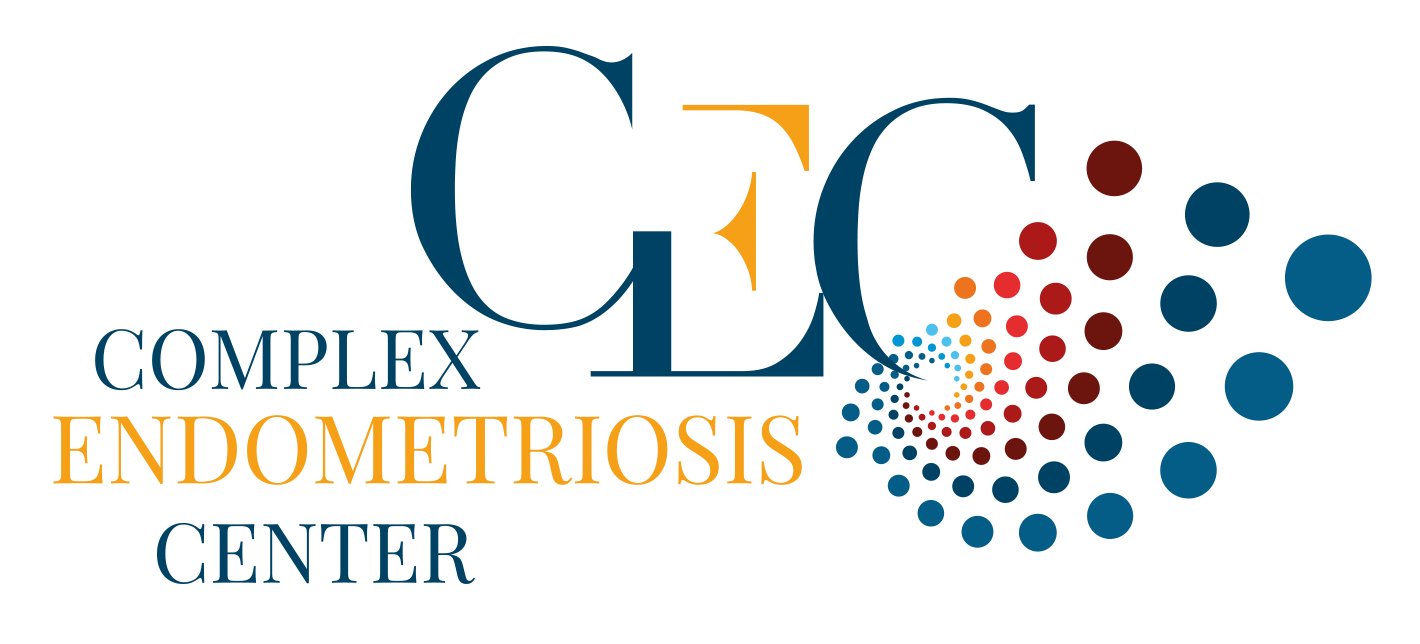
What is peritoneal endometriosis?
Endometriosis is a chronic gynecological disease that affects many women worldwide. It is characterized by the presence of pathological endometrial tissue (tissue that normally lines the cavity of the uterus) outside the uterus.
Among the different forms of endometriosis,peritoneal endometriosis is one of the most common, along with deep, internal and ovarian endometriosis.
Peritoneal endometriosis, also known as superficial endometriosis, is characterized by the presence of endometrial glands and stroma on the surface of the peritoneum. The peritoneum is a serous membrane that covers the abdomen, including the wall and the organs they contain, with the exception of the ovaries.
Thus, lesions of peritoneal endometriosis may be located in the pelvis, but also on the surface of the abdominal wall, its organs or even under the diaphragm.
Several theories have been put forward concerning the origin of this disease. The most likely origin of peritoneal endometriosis is the theory of endometrial reflux through the fallopian tubes during menstruation, also known as Sampson's theory.
This view suggests that, during menstruation, endometrial cells can travel up through the fallopian tubes and implant themselves on the peritoneum. However, while this view is widely accepted, it has limitations. For example, it fails to explain why some women born without a uterus can develop peritoneal endometriosis.
Peritoneal endometriosis is therefore a specific form of endometriosis that affects the peritoneum. Although its exact cause remains a matter of debate, it represents a major concern for many affected women.
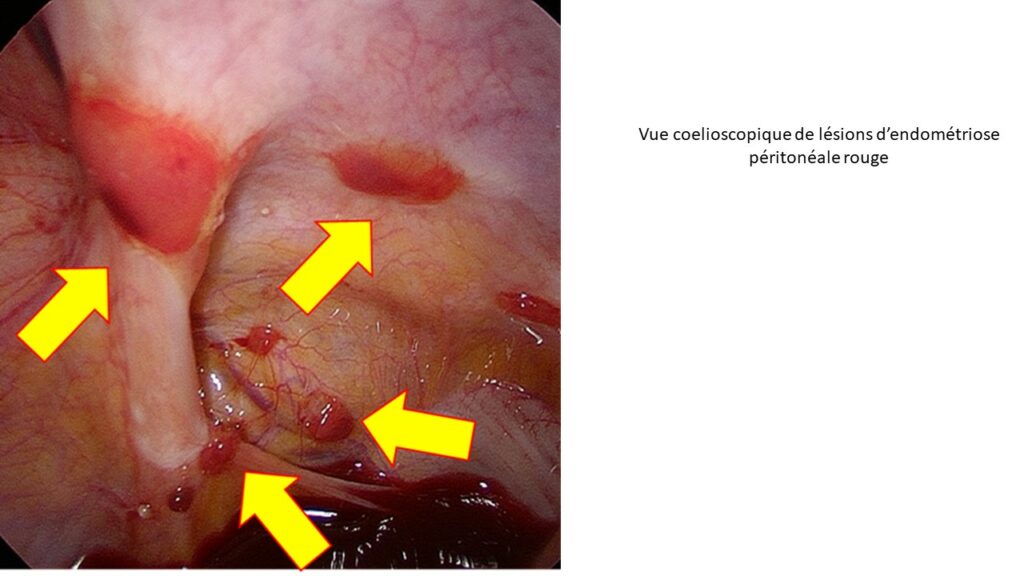
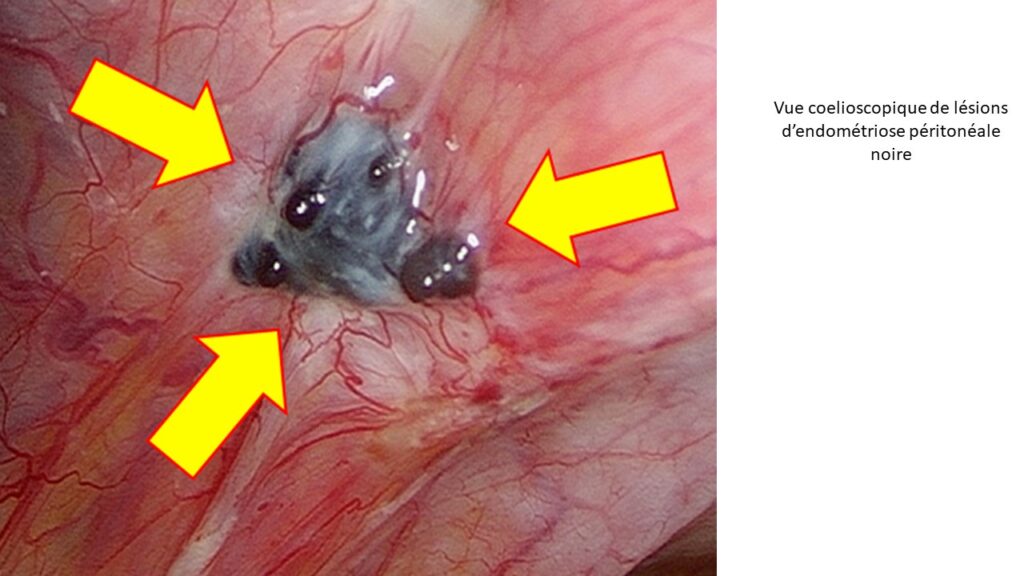
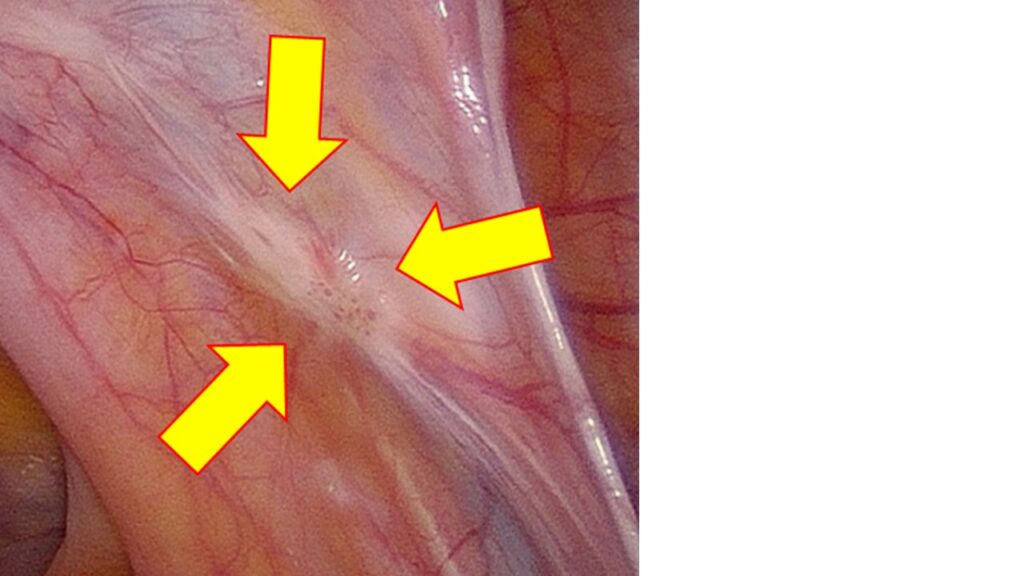
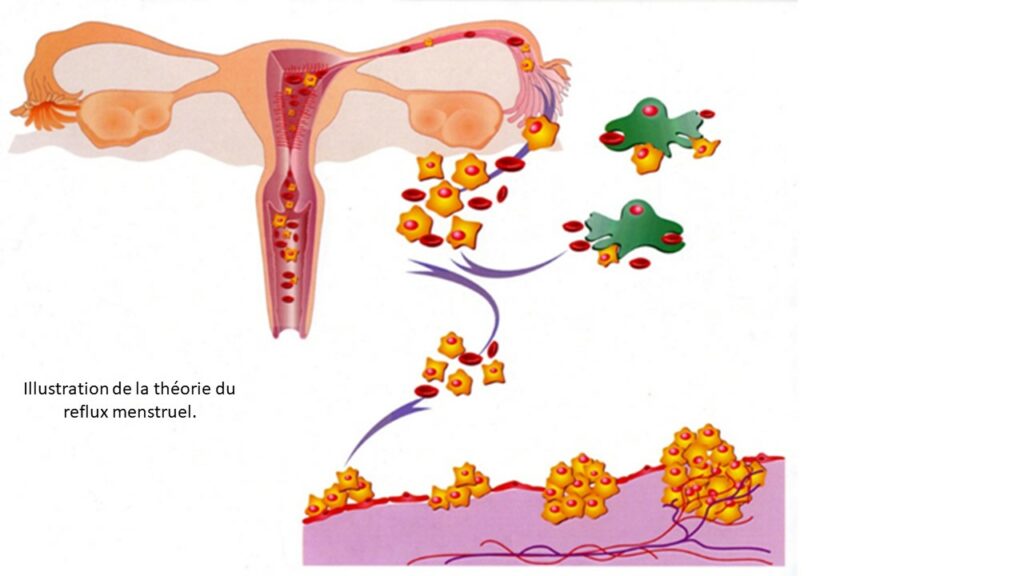
How does peritoneal endometriosis manifest itself?
Peritoneal endometriosis is a condition manifested by the presence of endometrial tissue on the surface of the peritoneum, the membrane lining the abdominal cavity. This form of endometriosis affects many women, particularly during adolescence and beyond.
But how does it manifest itself in practice?
Here are some of the main symptoms and characteristics of peritoneal endometriosis:
- Painful periods: One of the most common symptoms is painful periods, caused by inflammation of the endometrial tissue outside the uterus.
- Painful intercourse: Peritoneal endometriosis can cause pain during or after intercourse, particularly in the pelvis and abdomen.
- Abdominal pain: Abdominal pain may or may not be associated with the menstrual cycle, and may be caused by inflammatory lesions.
- Urinary and defecation problems: Urination and defecation can become painful when endometriosis affects certain areas of the peritoneum.
- Shoulder pain: When endometriosis is present in the diaphragm, pain may be felt, most frequently on the right side.
Visually, in laparoscopy, peritoneal endometriosis evolves over time:
- Red lesions: Initially, these lesions have a highly inflammatory appearance.
- Black lesions: over time, they take on a bluish tint.
- White lesions: after several years without treatment, lesions become fibrosed and scarred, with reduced activity.
It's essential to be aware of these symptoms, because peritoneal endometriosis can have a major impact on the quality of life of women who suffer from it.
How can peritoneal endometriosis be detected and diagnosed in women?
The diagnosis of peritoneal endometriosis represents a real challenge for healthcare professionals, due to the complexity and variability of its manifestations.
This form of endometriosis is particularly difficult to identify due to the limitations of currentmedical imaging.
To get closer to a probable diagnosis, doctors rely on several tools and techniques, including:
- Thorough questioning: This involves a detailed discussion of the patient's symptoms, including menstrual, pelvic or intercourse pain, and other endometriosis-related symptoms.
- A vaginal clinical examination: Performed by a specialist, this examination may reveal signs indicative of endometriosis, such as nodules or sensitive areas in the pelvic region.
- Ultrasound: Although standard imaging is less effective in detecting peritoneal endometriosis, ultrasound, especially when performed by an experienced practitioner, can help identify certain abnormalities, particularly in the cul de sac of Douglas.
It is important to point out that diagnostic laparoscopy is not preferred in the context of this type of endometriosis, due to its invasive nature. This surgical procedure is reserved for therapeutic rather than diagnostic purposes.
Overall, an accurate diagnosis of peritoneal endometriosis is often the result of a comprehensive evaluation, combining the physician's clinical skills and available imaging technologies, while avoiding unnecessary invasive procedures.
Why choose the Complex Endometriosis Center to treat peritoneal endometriosis?
When seeking a therapeutic solution for peritoneal endometriosis, the choice of a specialized center is essential. The Endometriosis Complex Center stands out in this field thanks to its team of world-renowned experts.
The CEC is not just a medical center, and our specialists don't just treat the symptoms of endometriosis, they actively work for women's rights to live pain-free and retain their ability to give life.
In the face of the emergence of opportunists in the medical field, CEC stands out for its authenticity and real commitment. It's not just a trend for us, but a cause we fight for with conviction.
Before considering surgical treatment of peritoneal endometriosis, and in order to optimize the care pathway to meet their expectations, it is necessary to have received prior medical care from local healthcare providers. If pain and hormone treatments are ineffective or poorly tolerated, or if the endometriosis shows objective signs of progression, referral to the Complex Endometriosis Center may be considered with a view to discussing surgical management ofperitoneal endometriosis.
One of the major advances at the Complex Endometriosis Center is the introduction of CO2 laser technology, which has revolutionized laparoscopic surgery. Specifically for the surgical treatment of peritoneal endometriosis, the CEC uses this technology to perform excisions or vaporizations, the only two methods of treatment for this pathology.
This innovative technique has already proved effective on thousands of women with peritoneal endometriosis, offering hope, relief and the prospect of motherhood.
Choosing the Complex Endometriosis Center means choosing cutting-edge innovation, competence and expertise, as well as sincere dedication to the management of peritoneal, ovarian, deep and internal endometriosis.
